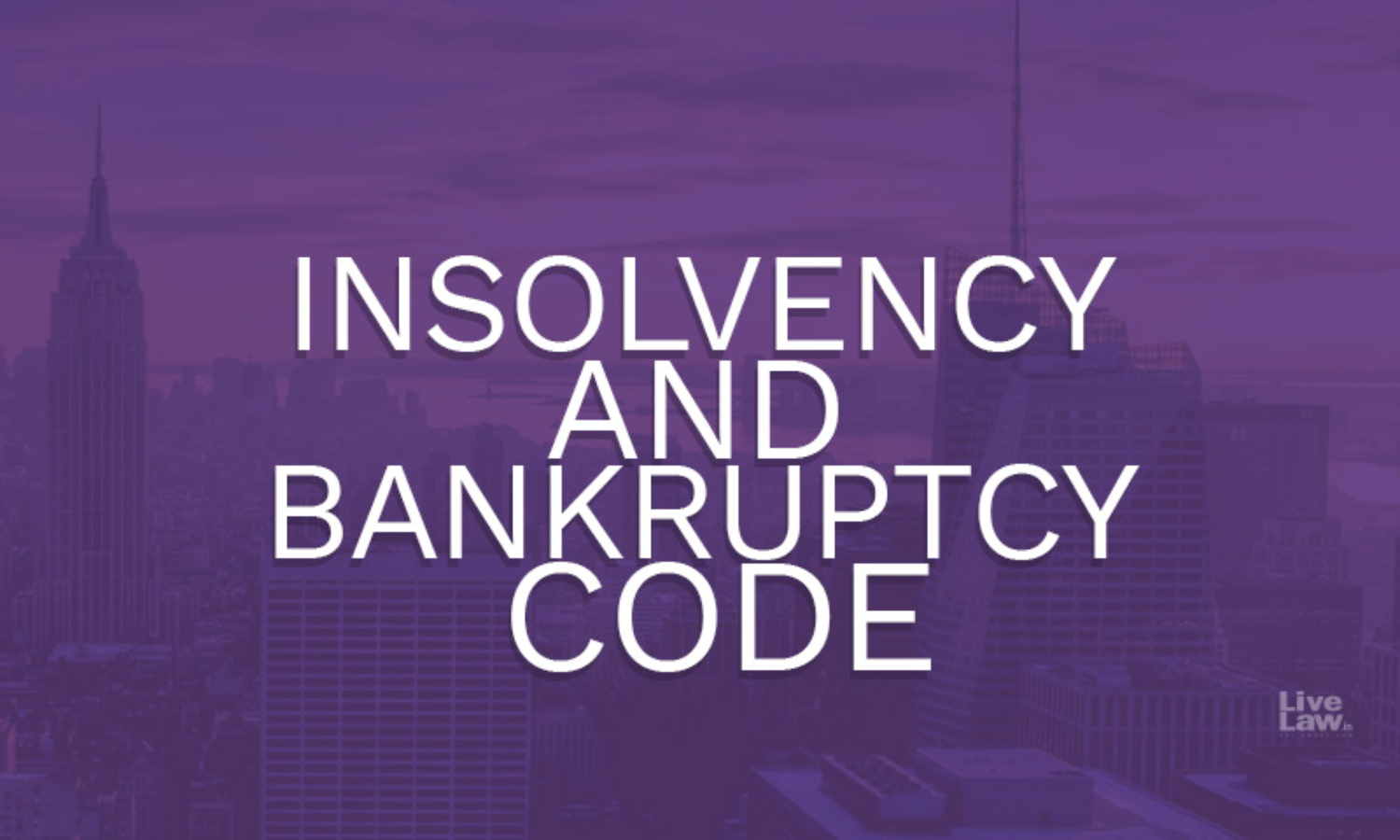
The Insolvency and Bankruptcy Code 2016 (Code) has now been maturing over the period of time with various precedents and clarifications being issued from time to time by the adjudicating authority. The Code, since its implementation, changed the entire symmetry of the debtor creditor relationship.
The Code has recently brought relief to the Micro Small and Medium Enterprises (MSME) by relaxing the applicability of the provisions of Section 29A with respect to submission of a resolution plan in case of such entities in their favour. MSMEs have always been a backbone of the Indian Economy and the said relief is one of the most significant amendments under the Code which shall have long term impact on the insolvency resolution process.
Section 29 A of the Code specifies eligibility to be a Resolution Applicant(s) thereafter submit a Resolution Plan. The section was introduced by the legislatures with the intention to restrain promoters from buying back assets at a subsidized price and thereby defeating the objects of the Code by taking undue advantage. The object for relaxation under the said provision is to grant exemptions to MSME corporate debtor/promoter, not being willful defaulter or covered under any other specific disqualification provided under the said Section 29A, to bid for an MSME's Resolution Plan.
The amendment also introduced section 240A which specifically dispenses the applicability of Section 29A clause (c) to (h) in case the Corporate Debtor is a MSME. Further it also empowers Central Government to make specific directions as regards applicability and /or modification in case of MSMEs.
A new Chapter III-A in the Insolvency and Bankruptcy Code, 2016 ("IBC") was also introduced earlier, through an Ordinance this year for a pre-packaged insolvency resolution process (PIRP)which can only be availed off by corporate debtors falling within the ambit of the definition provided by the Micro, Small and Medium Enterprises Development Act, 2006 for "MSME". The Ordinance, in nutshell, has amended the Code and allows the Central Government to notify such pre- packaged process for defaults of not more than Rs 1 crore
A PIRP shall essentially mean preparing a restructuring plan with its creditors before initiating insolvency proceedings which reduces the timelines and costs in the overall process. The same is modelled on a debtor-in-possession approach wherein significant consent rights are vested with the financial creditors.
Following conditions needs to be fulfilled for a corporate debtor to file an application to initiate the PIRP:
(a) it has not undergone pre-packaged insolvency resolution process or completed corporate insolvency resolution process, as the case may be, during the period of three years preceding the initiation date;
(b) it is not undergoing a corporate insolvency resolution process;
(c) no order requiring it to be liquidated is passed under section 33;
(d) it is eligible to submit a resolution plan under section 29A;
(e) the financial creditors of the corporate debtor, not being its related parties, representing such number and such manner as may be specified, have proposed the name of the insolvency professional to be appointed as resolution professional for conducting the pre-packaged insolvency resolution process of the corporate debtor,
(f) the financial creditors of the corporate debtor, not being its related parties, representing not less than sixty-six per cent. in value of the financial debt due to such creditors, have approved such proposal in such form as may be specified;
(g) the majority of the directors or partners of the corporate debtor, as the case may be, have made a declaration, in such form as may be specified,
(g) the members of the corporate debtor have passed a special resolution, or at least three-fourth of the total number of partners, as the case may be, of the corporate debtor have passed a resolution, approving the filing of an application for initiating pre-packaged insolvency resolution process.
Subject to the aforesaid conditions, a corporate debtor may file an application with the NCLT for initiating PIRP along with relevant documentation. The Adjudicating Authority shall within 14 days of receipt of such application either admit the application or reject the application. The PIRP shall commence from the date of admission of the application and shall be completed within a period of 120 days from the commencement date.
The resolution professional is vested with the responsibility to conduct the PIRP. The resolution professional shall also consult with a committee of creditors of the corporate debtor on the base plan and subsequent resolution plans. The application can be made to the NCLT to approve the resolution plan after the consent of COC .
If the NCLT is satisfied that the resolution plan has been approved by the COC and meets the requirements as provided under the Code, it shall, within thirty days of the receipt of such resolution plan, by order, approve the resolution plan.
The NCLT before passing an order for approval of a resolution plan shall satisfy itself that the resolution plan has provisions for its effective implementation. An appeal against an order of the NCLT will lie to the National Company Law Appellate Tribunal (NCLAT).
The above are a welcome steps for MSMEs and hope shall bring more support and respite for the MSME sector which has been largely effected by the current pandemic situation.
Jyotsna Chaturvedi is Principal Associate and Head Corporate and M&A Practice at Maheshwari & Co. Views are personal.

